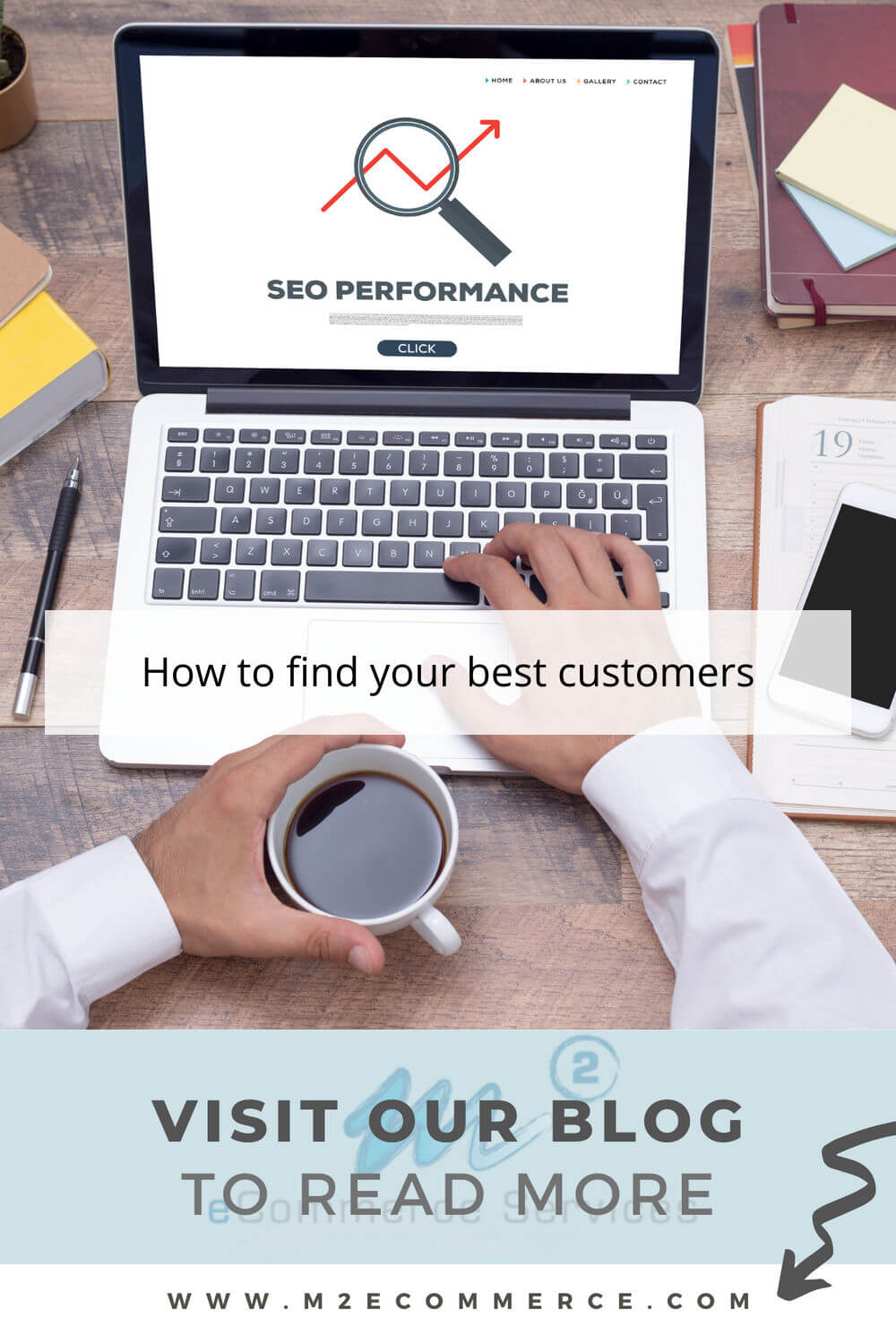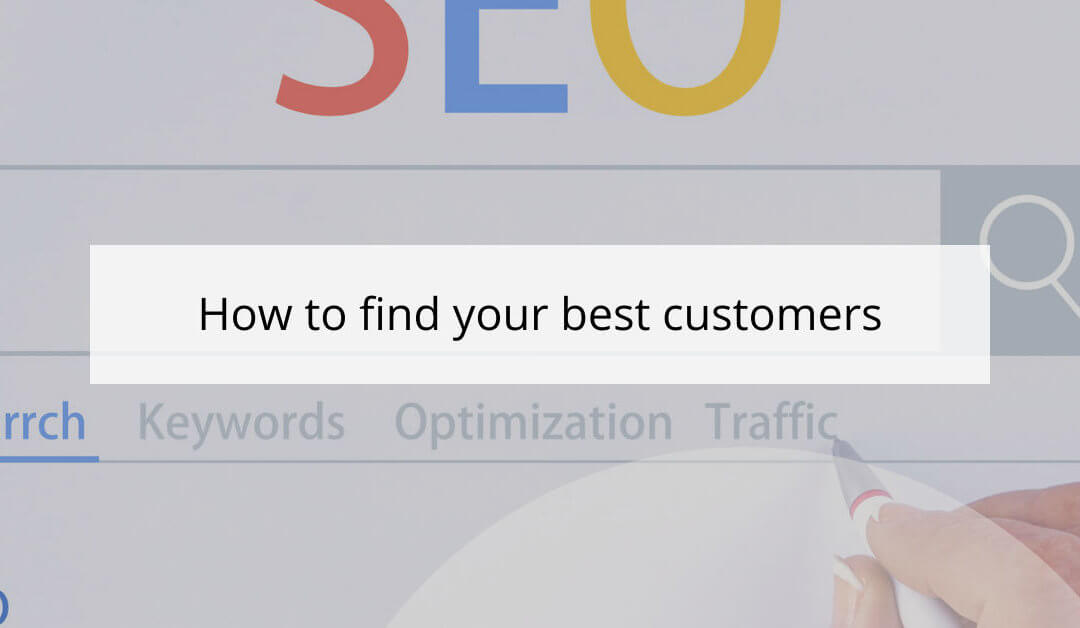As an entrepreneur, you know that your best customers are the lifeblood of your business. But how do you identify those customers who are most invested in your brand and products? While repeat purchases are certainly a key indicator of customer loyalty, there are other factors to consider. In this article, we’ll explore the different metrics you can use to identify your best customers and offer tips on how to nurture these relationships to keep them coming back for more.
Identifying your best customers
Repeat purchases are a strong indicator of customer loyalty. By analyzing your customer data, you can identify those customers who have the highest purchase frequency, average order value, or customer lifetime value. These customers are clearly invested in your brand and enjoy your products, making them ideal candidates for your best customer group.
Referral and reward programs can also be effective tools for identifying your best customers. Customers who refer others to your brand are four times more likely to make a purchase, making successful referrals a strong indicator of a customer’s value to your business.
Nurture your best customers
Once you’ve identified your best customers, it’s important to continue to build an emotional connection with them. Personalized marketing campaigns and targeted promotions can help keep your best customers engaged and invested in your brand.
VIP programs are particularly effective at retaining your best customers. By offering exclusive status and special benefits, VIP programs foster a sense of achievement and belonging that creates a strong emotional connection between customers and your brand. Restructuring your VIP tiers can help motivate your customers to make more purchases and engage with your brand more often.
Here are three simple ways to continue to invest in your best customers.
Targeted Marketing Campaigns
As your most effective asset, your best customers can significantly alter the course of your business. If they become disinterested in what your brand has to offer, they may stop referring others to your business, which could dramatically impact your success.
Your best customers want to hear from you, so keep in touch with individualized messages and promotions.
Fortunately, you can target them with personalized messages and promotions! Now that you know who your best customers are, you can create promotions to keep them engaged with your brand. This includes
- Inviting them to special events
- Reminding them how close they are to their next reward
- Rewarding them with bonus points
- And much more!
The sky is the limit when it comes to enhancing the experience of your best customers. No matter how you choose to show them that they’re special, the key element is to remember that the longer these customers stay engaged, the better your brand and your rewards program will perform.
In the end, your best customers will be your most loyal. Therefore, you need to strengthen and build those romantic relationships to encourage long-term commitment. But this is extremely difficult if you don’t know who your best customers are.
Repeat purchases are the clearest way to identify your best customers
Since repeat purchases are the clearest indicator of a loyal customer, it’s a great place to start when trying to figure out who your best customers are. Take a look at your customer data and identify the people who have the highest purchase frequency, average order value, or lifetime value with your store.
Each of these purchase metrics can tell you a lot about how often the average customer returns to your store and how much they’re willing to spend once they’re there. If a customer’s volume is high, they’re clearly focused on your brand and enjoying your products-good signs that they can become some of your best customers and brand advocates over time.
Rebate and referral programs are also great tools for identifying your best customers. Not only do customer referrals reduce customer acquisition costs, but customers who are told about your brand by a friend are four times more likely to make a purchase.
The number of successful referrals a person generates is a solid indicator of how valuable they are to your business.
This conversion rate makes it clear that referrals are an extremely beneficial form of marketing. Because of this, any customer who makes a lot of them is extremely valuable to your business and should really be considered part of your very best customer group.
Building the best customers
Once you’ve discovered who your best customers are, you can begin to intentionally build emotional connections with them. These romantic relationships go beyond a simple purchase and have the power to amplify the valuable interactions they already have with your brand.
Your best customers create an emotional relationship with your brand that goes beyond the purchase.
There are a number of ways to turn a shopper into a loyal customer. Throughout the buyer’s journey, you have the opportunity to engage with them in a variety of ways, including post-purchase emails and social marketing. However, the most effective way to do this is through a rewards program.
This shouldn’t come as a surprise. After all, these programs are designed to incentivize repeat purchases! This is especially true of VIP programs, which rely on exclusive status and special benefits to foster a true romantic relationship between your brand and your best customers.
VIP programs use gamification to motivate customers to activate with your store more regularly.
Through a variety of psychological factors, VIP programs provide status, foster a sense of accomplishment, and create a sense of belonging that grounds any customer relationship in emotion. This is in direct contrast to the transactional romantic relationships that are so prevalent in an acquisition market, and helps you not only identify your best customers, but get the attention of your best customers!
The best thing about a VIP program is that it’s designed to let you know who your best customers are. With better incentives at every level, VIP programs push your customers to make more purchases and engage with your brand more regularly, setting them up for long-term engagement that adds value to your business in a variety of ways.
Restructure your VIP tiers
Maybe you don’t have many “best customers” and your VIP program needs a little boost. If you’re reviewing your program and are disappointed with the number of top-tier customers, this is the perfect time to take a hard look at how your VIP program is set up.
The tier framework is incredibly important to the success of your program. If you have only 3 people in your most exclusive tier, but over 1,000 in the middle, the barrier to entry may be too high. That’s why we recommend having 5% of your visitors in the top tier, 30% in the middle, and 65% in the bottom tier. This may motivate your best customers to keep their exclusive position and push some of your other customers to shoot for the top spot.
To make this division possible, it’s wise to critically evaluate what customers need to achieve to reach each level, as well as the entry rewards and perks of each level. You want to make sure that everything you’re offering resonates with your target audience and gives them what they want from your VIP experience.
Give them something extra
Everyone likes to be recognized as the best, and your customers are no exception!
Your VIP Rewards program gives you a variety of ways to reward your members with something special:
- Free birthday gift
- Sample products
- Branded swag
- Bonus points
- etc.
The choice is yours! The key is to recognize your MVPs on a somewhat regular basis to carefully keep the positive interactions with your brand high. These are the types of interactions that will encourage repeat behavior that makes each of your visitors the best they can be.
Popular Tools for Creating and Running Targeted Marketing Campaigns
As a business owner, you know that targeted marketing campaigns are key to reaching the right audience and driving sales. But with so many tools and platforms available, it can be overwhelming to know where to start. Below we’ll explore some of the most popular tools for creating and running targeted marketing campaigns and provide tips for getting the most out of your marketing efforts:
HubSpot Marketing Hub is a comprehensive marketing automation platform that includes tools for email marketing, lead management, social media, and more. With HubSpot, you can create and run targeted campaigns across multiple channels, track your results, and make data-driven decisions to improve your marketing performance.
Google Ads is a powerful advertising platform that allows businesses to create and run targeted ads across a variety of channels, including search, display, and video. With Google Ads, you can target specific keywords, demographics, and locations to reach your ideal audience and drive more traffic to your website.
Mailchimp is an email marketing platform that offers a range of features for creating and sending targeted email campaigns. With Mailchimp, you can segment your audience, personalize your messages, and automate your campaigns to save time and improve your results.
Facebook Ads is a popular social media advertising platform that allows businesses to create and run targeted ads on Facebook, Instagram, and other platforms. With Facebook Ads, you can target specific demographics, interests, and behaviors to reach your ideal audience and drive more engagement and conversions.
Hootsuite is a social media management platform that offers tools for scheduling posts, analyzing social media performance, and running social media advertising campaigns. With Hootsuite, you can create and publish content across multiple channels, track your results, and engage with your audience to build stronger relationships.
When choosing a tool for your targeted marketing campaigns, it’s important to consider your specific needs and goals. Some tools may be better suited for certain types of campaigns or industries, while others may offer more advanced features for larger businesses or marketing teams.
No matter which tool you choose, the key to success with targeted marketing campaigns is to stay focused on your audience and their needs. Use data and analytics to track your results, test different strategies, and optimize your campaigns over time. With the right tools and strategies, you can reach your ideal audience, drive more sales, and grow your business.


